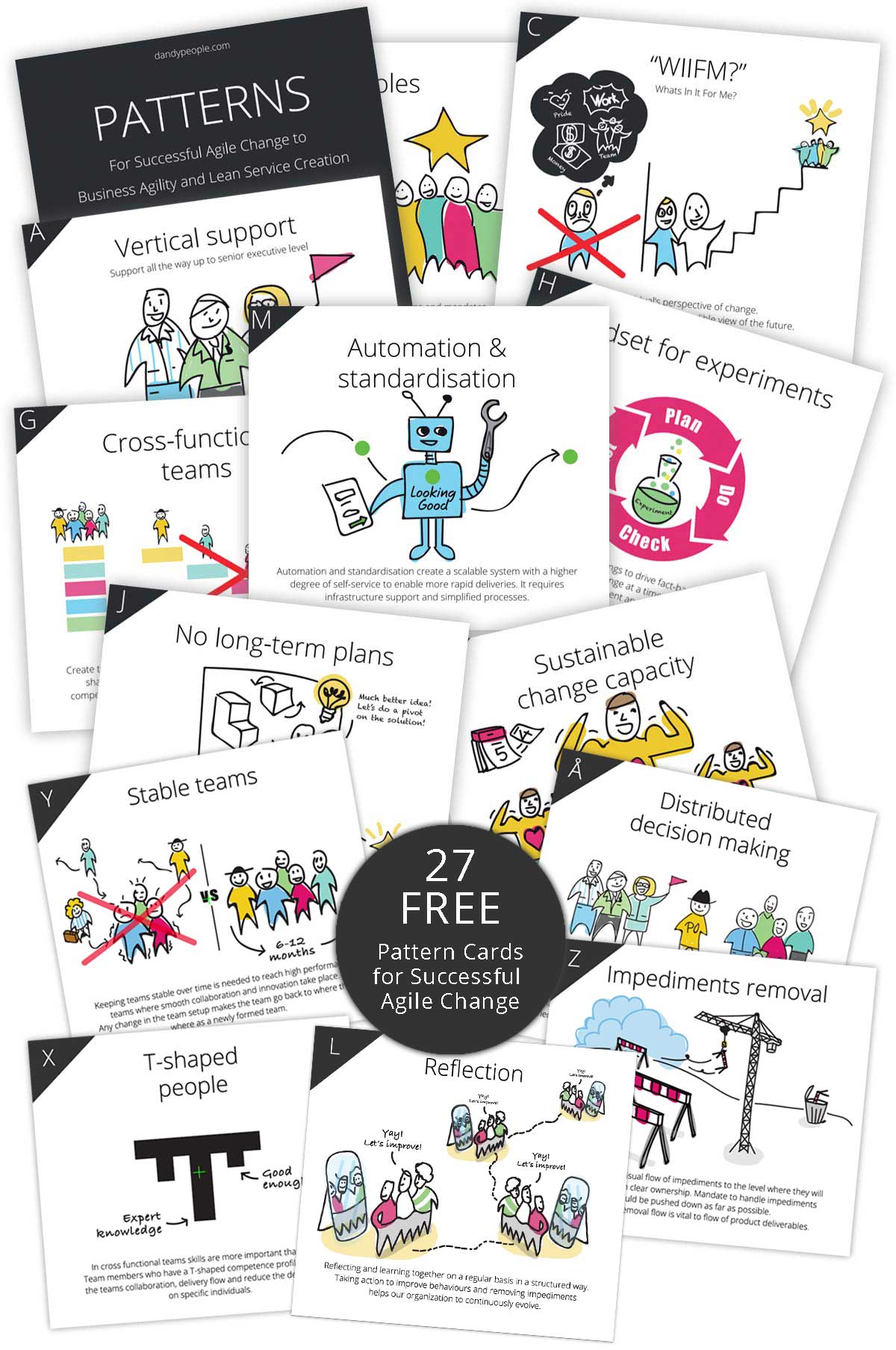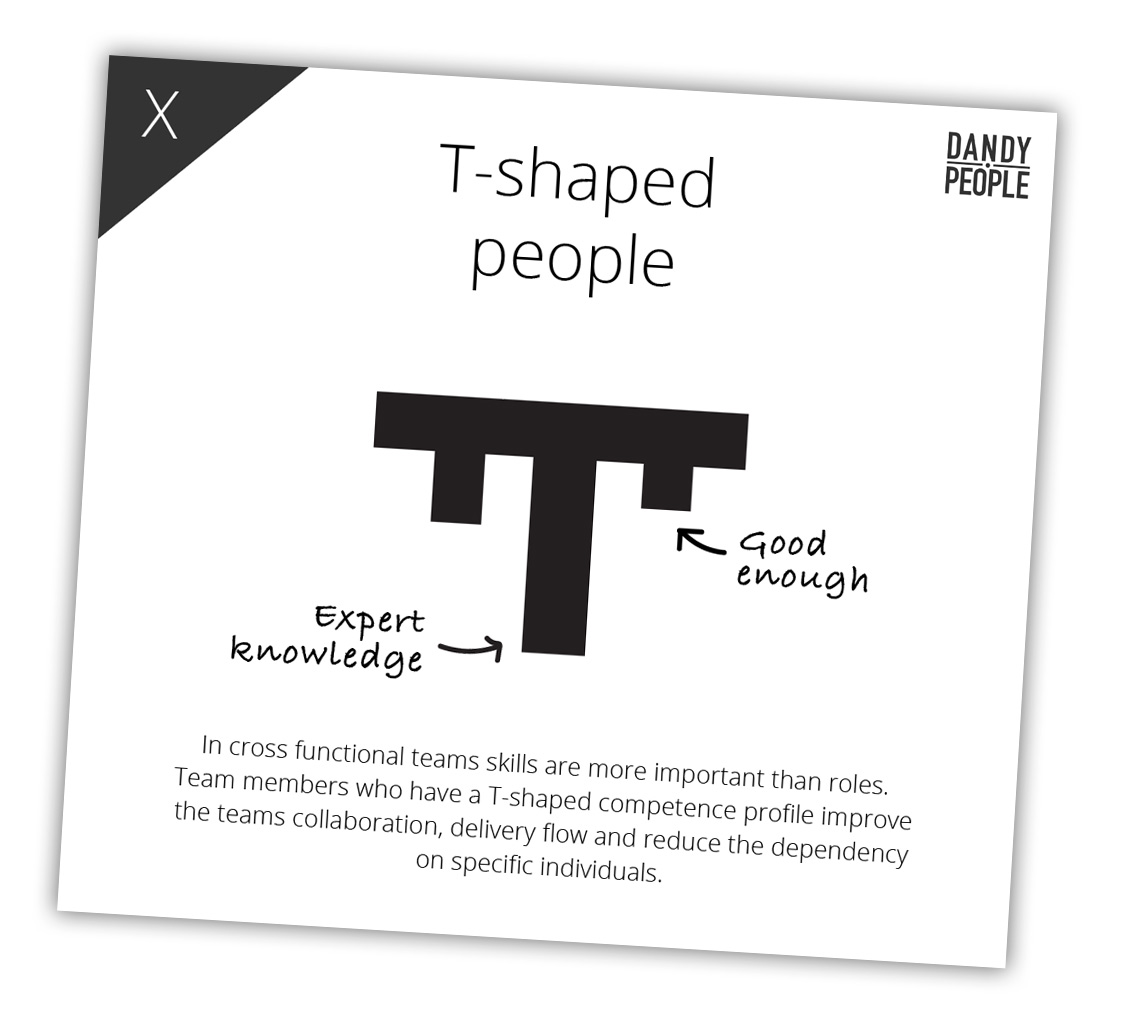 T-shape is about growing skills in people that might not be in within their core expert competence area. When coaching leaders, teams and organizations we’ve noticed that building T-shape is often a game changer that makes a big impact – but it might sometimes be more tricky than you think.
T-shape is about growing skills in people that might not be in within their core expert competence area. When coaching leaders, teams and organizations we’ve noticed that building T-shape is often a game changer that makes a big impact – but it might sometimes be more tricky than you think.
This is one of the 27 patterns for Successful Agile Change that you can download for free here >
When transforming to an Agile organization we often move from expert teams to cross functional teams. Growing t-shape is a way to enable the cross functional team to collaborate better and it helps them to work as a team instead of a group, meaning solving problems together instead of working as a mini-waterfall within the team. This helps the team become high performance and enables them to innovate and create better solutions.
Resistance to sharing competence and what to do about it
My experience is that organizations that have a strong expert culture may have more difficulties to become T-shape. Since you then might also need to change the culture from a hero culture to a team-playing culture, it can take some time. People might also struggle to keep their expert role since it makes them feel safe and perhaps it has also previously been the only way to make a career, get higher pay as well as also informal power. Changes might then be needed in how the structures are set up around roles and responsibilities before you start the coaching around T-shape.
In many organizations who want to enable high performance teams and T-shape, titels and roles are changed to simply “team members”, and instead we talk about competences, which is your T-shape. As a leader, you could support by help showing how the skill and performance of the team is more important than the expertise of individuals by perhaps celebrating as one team instead of highlighting individual performance.
Different leadership styles for developing skills in employees
In the Harvard Business Review I found this article that describes the research done on leaders and how they grow competence. According to their research there are 4 different leadership styles for developing skills in employees.
The different coaching styles of a leader: (more…)
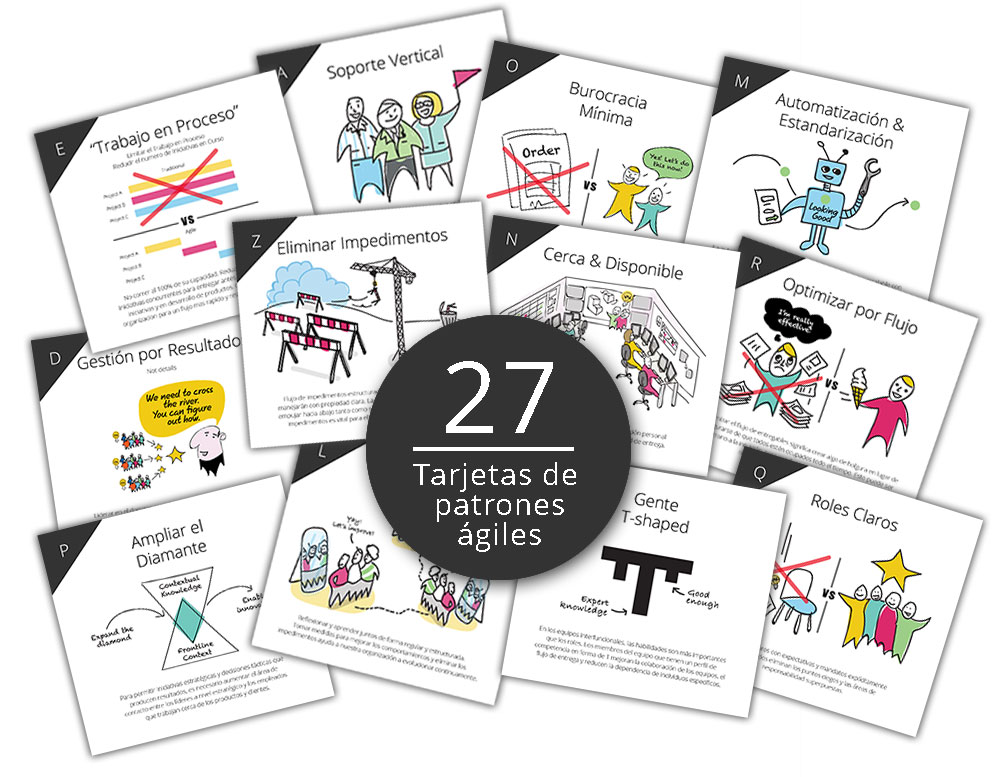
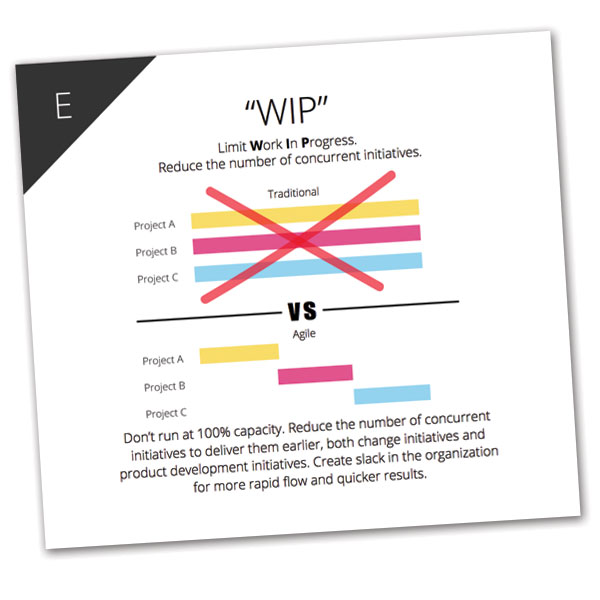
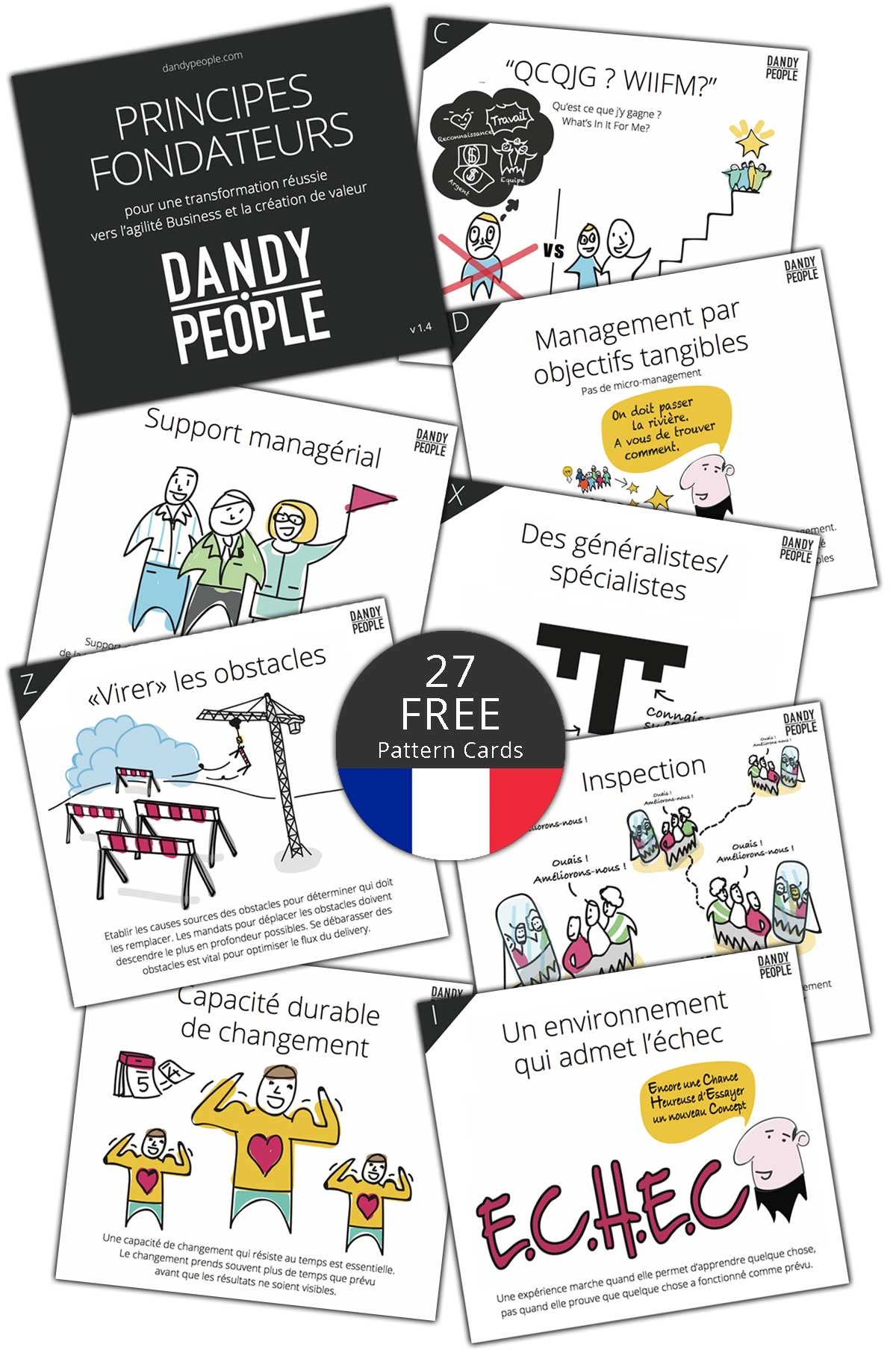
 T-shape is about growing skills in people that might not be in within their core expert competence area. When coaching leaders, teams and organizations we’ve noticed that building T-shape is often a game changer that makes a big impact – but it might sometimes be more tricky than you think.
T-shape is about growing skills in people that might not be in within their core expert competence area. When coaching leaders, teams and organizations we’ve noticed that building T-shape is often a game changer that makes a big impact – but it might sometimes be more tricky than you think.